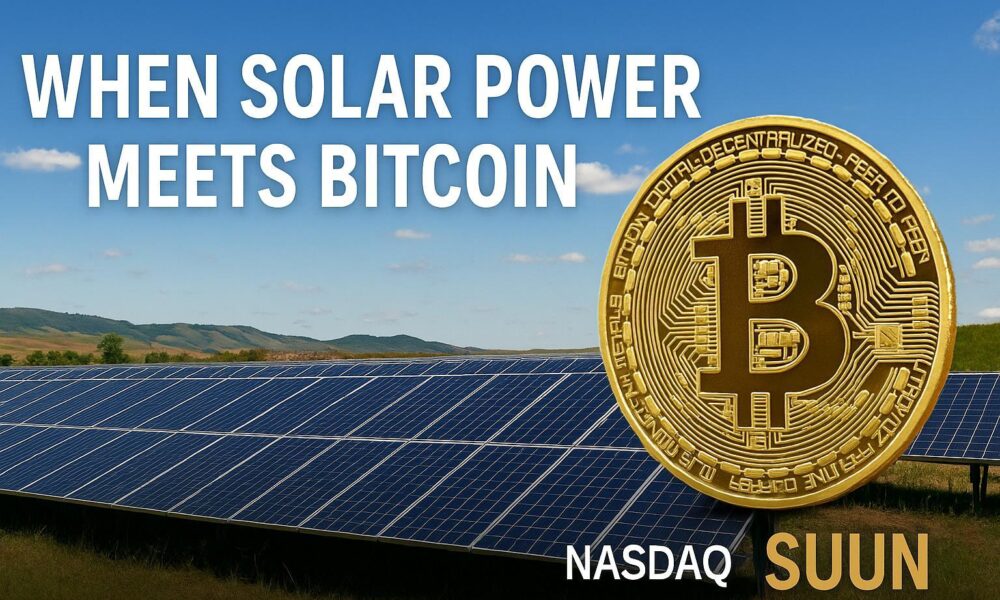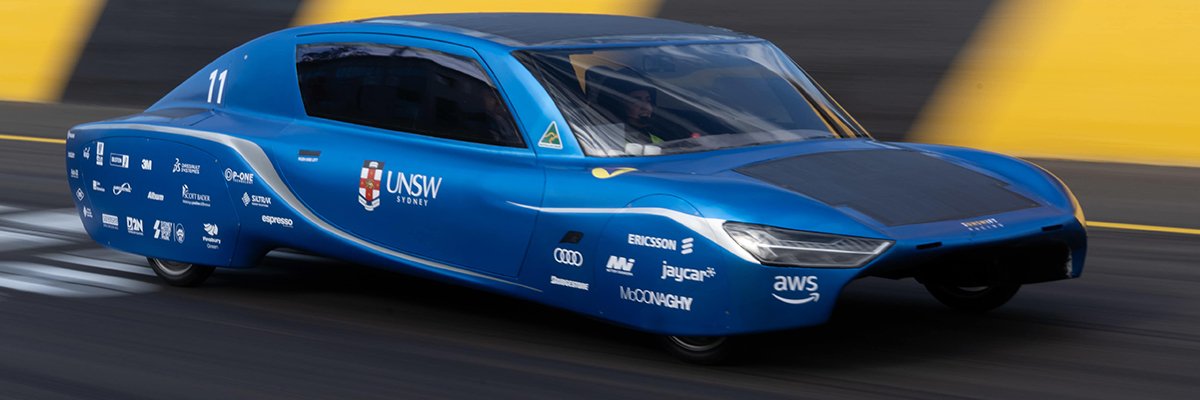By Raja Ghawi
Unless Congress decides to reclaim the power of the purse, we should expect tariffs to be here to stay. We should accept this new reality and react accordingly.
Tariffs are a tax, often borne by consumers, on imported materials. Tariffs are not inherently good or bad; they are a tool of the federal government as it strives to raise revenue and balance national security interests. Applied appropriately, they can protect American workers and businesses from anticompetitive business behavior sanctioned by foreign governments, such as the alleged use of unpaid prison labor in factories.
Further, they can bring more money into the federal government, especially at a time when the U.S. debt and deficit stand at record highs. Applied excessively, tariffs as taxes can bring consumption to a halt and stunt growth.
At Era Ventures, we invest in hard businesses in the real world, which include hard tech and marketplaces. Many of those businesses are directly impacted by tariffs. Given that, I’d like to share some of Era Ventures’ thoughts about tariffs writ large.
(Many) tariffs are here to stay
The current administration campaigned on protectionist trade policies and has taken decisive steps to implement broad tariffs on most U.S. imports. While the final structure of these tariffs remains under development, our baseline assumption is that many will persist. Tariffs on goods the U.S. cannot domestically produce — such as coffee and bananas — will likely be curtailed, but duties on specific materials and sophisticated industrial products will probably endure. With all that said, a 10% global tariff is likely to persist on all goods.
We need look no further than the previous Trump administration’s track record to infer how his current administration’s policy will play out. On the one hand, Chinese import tariffs in 2018 were largely maintained and solidified by the Biden administration, and in some areas they were even expanded. On the other hand, tariffs on Canada and Mexico in 2018 were largely used as leverage during USMCA trade negotiations and were predominantly lifted within a year.
A closer look at China tariffs
To double-click on earlier China tariffs: Between July and September 2018, the Trump administration imposed a series of tariffs on Chinese imports, ultimately encompassing approximately $250 billion of Chinese goods by year-end. China retaliated with tariffs on roughly $110 billion of U.S. exports. These measures targeted diverse product categories, including industrial machinery, electronics and consumer goods. The Biden administration further expanded tariffs to cover electric vehicles, solar cells and other parts upstream in those supply chains.
With all that said, tariffs are not finalized yet, and the administration has signaled it is actively negotiating many trade deals in real time. Therefore, we advise our founders to maintain constant vigilance and the humility to reconsider their own views when faced with new information.
New global trade routes
Some manufacturing can and should come back home, but not all of it. For example, we absolutely must bring a lot of high-end manufacturing to America, such as computer chips. In the same breath, I’m pressed to see an economically viable case for low-end manufacturing without a ridiculous amount of automation, one current robotics technology is not yet capable of. As the memes of the past month communicated very poignantly, Americans don’t want to make their own shoes, especially not when unemployment is around 4%.
The reality on the ground is that, in the near-to-medium term, much is too expensive to manufacture in America. For that sizable category of goods, we will want to continue to manufacture and procure internationally.
American businesses can no longer afford single-party risk, namely China, as their sole supply partner, and they will all be increasingly forced to diversify their supply chains and procure across a more fragmented set of countries. China, as an easy and reliable trade partner, has driven many sectors of the U.S. economy into complacency, precluding them from the need to search for other, often cheaper, supply sources. Labor costs in Mexico, for instance, are on par, and often more competitive than China’s, excluding China’s notorious prison labor force, of course.
While complicated, this will likely create new opportunities, especially for marketplaces. We encourage entrepreneurs to look at fragmented industries in the U.S. and test whether they can help them procure more cheaply from new geographies they’ve never explored. One obvious example for us is construction, with the majority of the $2.2 trillion construction spend comprising materials. The industry is very highly fragmented and geographically specific, so that few if any businesses have the means to stand up professional procurement departments, let alone optimize their procurement. The “why now” for many new international marketplaces is as strong as ever.
Raja Ghawi is a partner at Era Ventures, a venture capital firm he joined at inception in 2022 to drive transformational change in our physical world. Prior to joining Era, Ghawi worked at Suffolk Construction. While there, he helped to found Suffolk’s venture arm, Suffolk Technologies, which invests in startups in the AEC industry and helps them to scale by leveraging Suffolk’s network and resources. At the end of 2020, he was named Suffolk Tech’s investment director. While at Suffolk, he founded and led Boost, Suffolk Technologies’ accelerator program, a leading AEC innovation accelerator, which has since graduated 30 companies.
Illustration: Dom Guzman

Stay up to date with recent funding rounds, acquisitions, and more with the
Crunchbase Daily.









